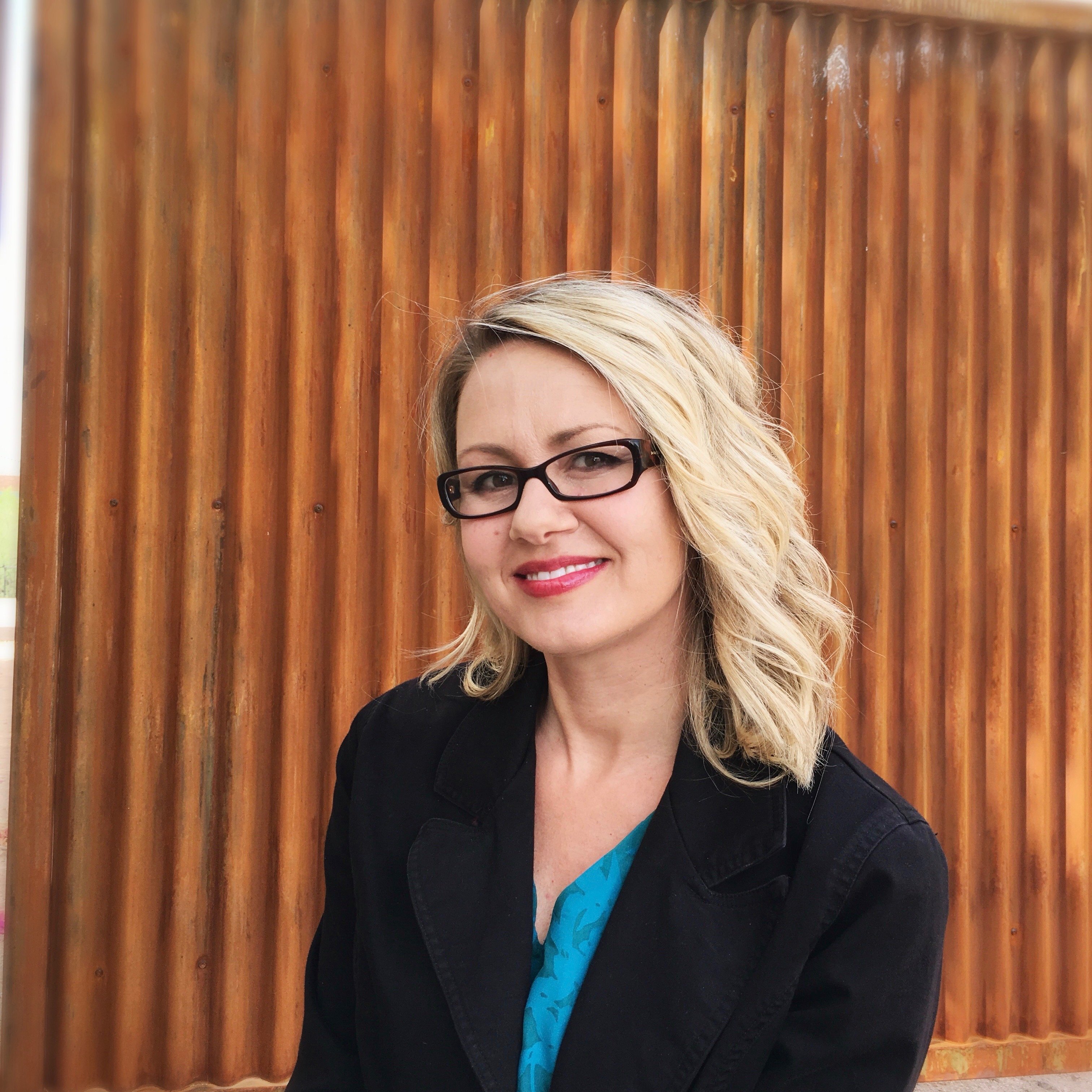Downtown Phoenix Is Preserving the Past While Building a New Future
Every city goes through constant change—at times it can be residentially driven, commercially driven, or both. Some areas seem to explode with towering new developments that redefine the community, while other neighborhoods fail to keep up with the times, fall into disrepair, and drive away residents and businesses. Between these two extremes is a balance between renewing the neighborhood with growth while preserving historic sites that enrich the city with distinctiveness and character. As City Lab points out, “preservation projects are expanding housing options, helping cities become more affordable, and demonstrating that history, sustainability, fairness, and economic vitality can go hand-in-hand.” Given these benefits, the need to preserve an area’s history is just as important as expanding with new builds.
Phoenix is no stranger to changing times, diverse housing needs, and the importance of competing with other big cities as their population grows. The city plans on “changing the skyline” with a dozen new high-rises while heeding the demands of millennials for housing that offers convenience, walkability, and modern amenities. Phoenix is also becoming a national leader in housing for adults with special needs, and more developers within the city are working to accommodate a wider variety of demographics and their ever-changing needs.
Recently the area saw rejuvenation projects with new businesses and residential units planned for Between the Sevens, the area between between Seventh Street and Seventh Avenue, boxed in by Glendale Avenue and Colter Street, serving more than 65,000 employees in the area. And projects like Ro2, a multi-use development with 32 residential units, 1,200 parking spaces, 305,000 square feet of commercial office space, and 77,000 square feet of retail space in Roosevelt Row, also serve as a reminder of the continual push for new developments in the downtown area. But has the city been equally supportive of historic preservation efforts? While much has been done, officials constantly walk a fine line between preserving the old and making room for the new.
In January 2015, Phoenix City Council adopted PreserveHistoricPHX, the first comprehensive historic preservation plan for the city of Phoenix. While there were guidelines for historic buildings before this resolution, multiple loopholes and a general lack of definition led to miscommunication, frustration, and often outrage from residents on both sides of the preservation debate.

One notable case was the 69-year-old Circles Records and Tapes building in Roosevelt Row that saw partial demolition before community members had time to voice their objections, according to the Downtown Devil. By December 2016, the city moved to adopt a 30-day demolition hold on Phoenix commercial buildings over 50 years old to allow enough time for receipt of public approval.
Another controversial issue facing the council were guidelines for new builds in historic neighborhoods. Should they mirror the historic homes built decades before, or should they stand out and be recognizable as a modern addition? Does contemporary architecture detract from an otherwise consistent neighborhood of historic buildings? These questions led to multiple points of contention among the public.
Just this April the city made a "precedent-setting decision" on how a new home in one historic district should look, per AZ Central. Although they ultimately told the holder of the application for design approval to work with the city's historic preservation staff to design a home that is "more compatible with other nearby existing houses,” the debate showed how the movement to preserve a building is a fluid process, constantly shifting to make adjustments for precedent-setting issues.
The city celebrated the month of May as Historic Preservation Month. A quick drive through any of the historic neighborhoods of Phoenix is a testament to their commitment to preservation. There are also over 100 examples of 19th-century architecture that can still be found throughout Central City, downtown, and historic districts.

